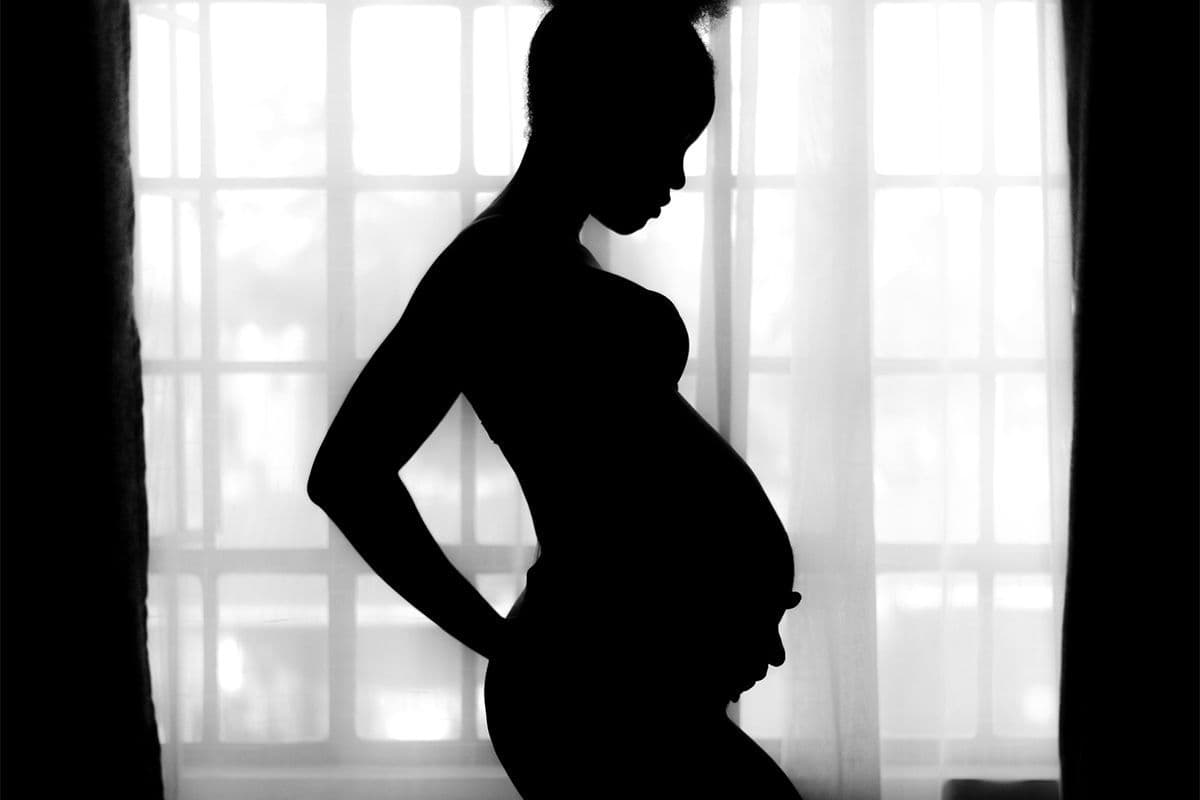Hemoglobin Electrophoresis During Pregnancy
Laboratory Tests
Obie Editorial Team
Hemoglobin electrphoresis is among the routine blood tests done during pregnancy and the first prenatal visit. The hemoglobin electrophoresis tests for abnormal forms of hemoglobin (hemoglobinopathy). Most patients with abnormal hemoglobins have no symptoms but could potentially transmit the gene to their fetus.
There are many different types of hemoglobin (Hb) including HbA, HbA2, HbF, HbS, HbC, Hb H, and Hb M. Healthy adults usually have only a combination of HbA and HbA2 and rarely also HgF. When HbF is higher than 2% of the total hemoglobin, then this is considered abnormal.
HbS is an abnormal form of hemoglobin associated with sickle cell anemia and HbC is an abnormal form of hemoglobin associated with hemolytic anemia. There are usually two genes, but if there is only one gene for HgS and the other is HgA then the person is a carrier, but if there are two of the HgC or HgS genes or one is HgS and the other is HgC then the person has the actual condition,
Normal Results
In adults, these hemoglobin molecules make up the following percentages of total hemoglobin:
- Hb A: 95% to 98%
- Hb A2: 2% to 3%
- Hb F: 0.8% to 2%
- Hb S: 0%
- Hb C: 0%
In infants and children, these hemoglobin molecules make up the following percentages of total hemoglobin:
- Hb F (newborn): 50% to 80%
- Hb F (6 months): 8%
- Hb F (over 6 months): 1% to 2%









